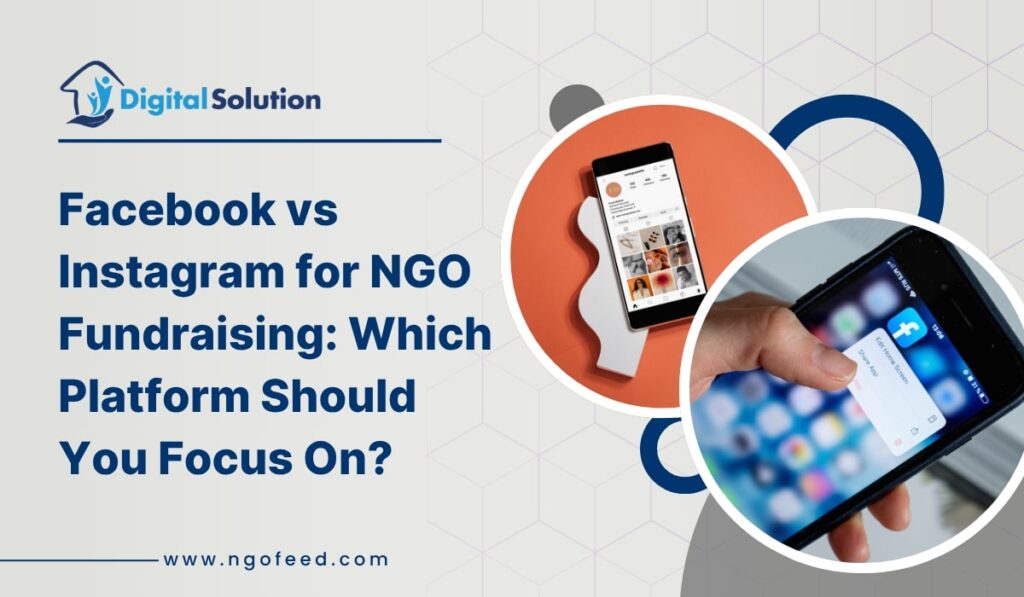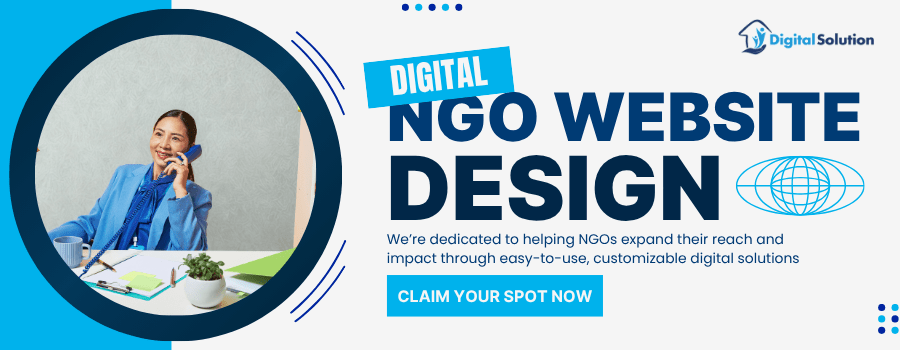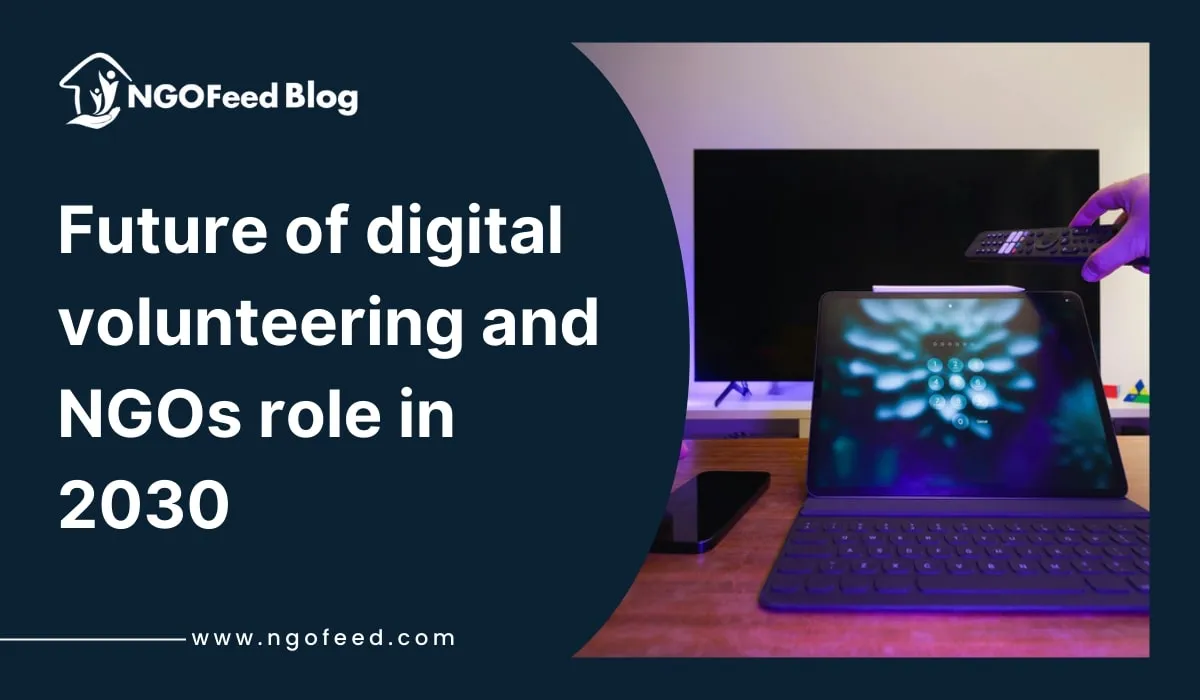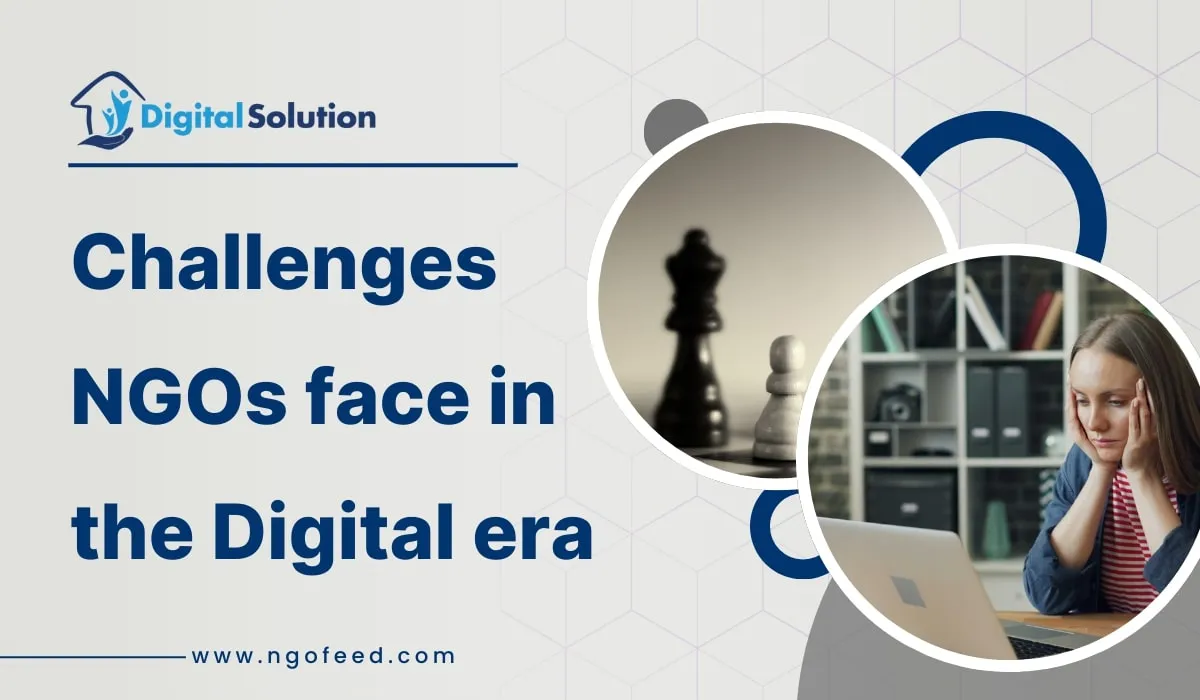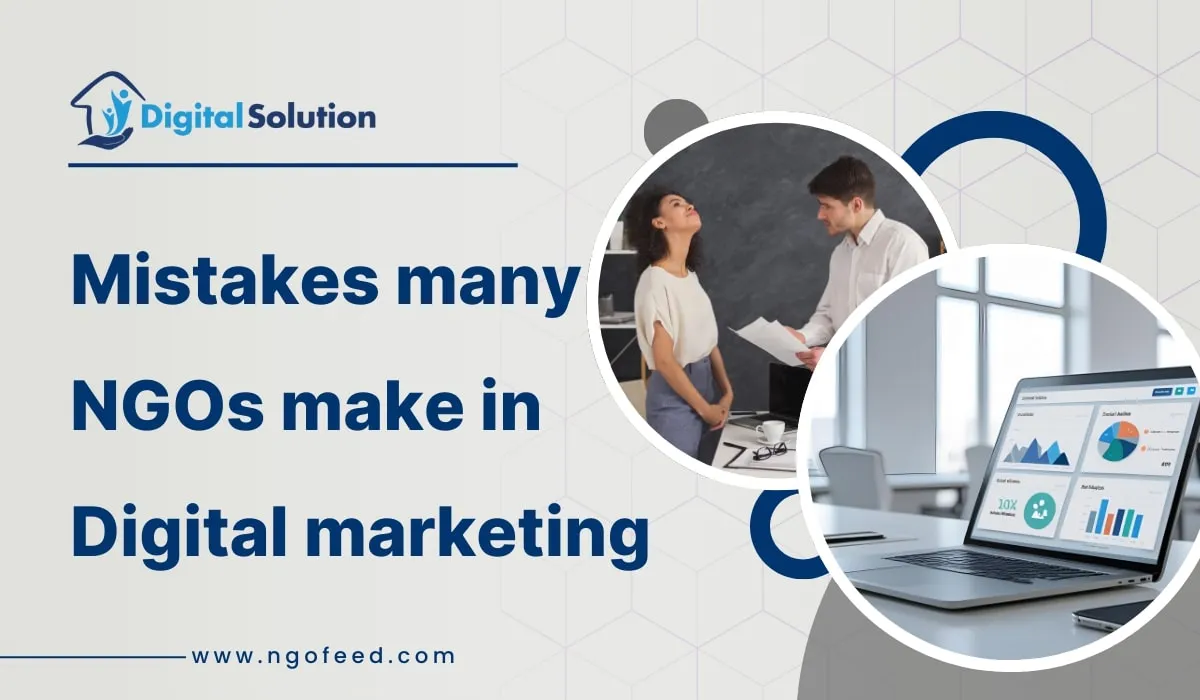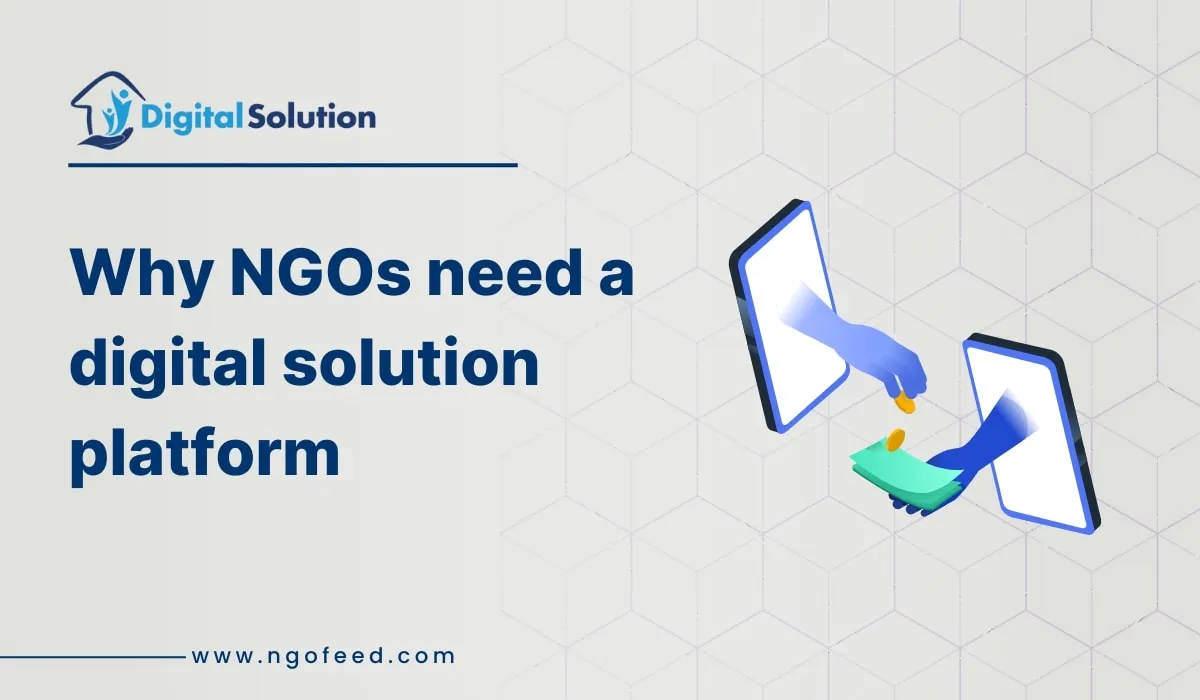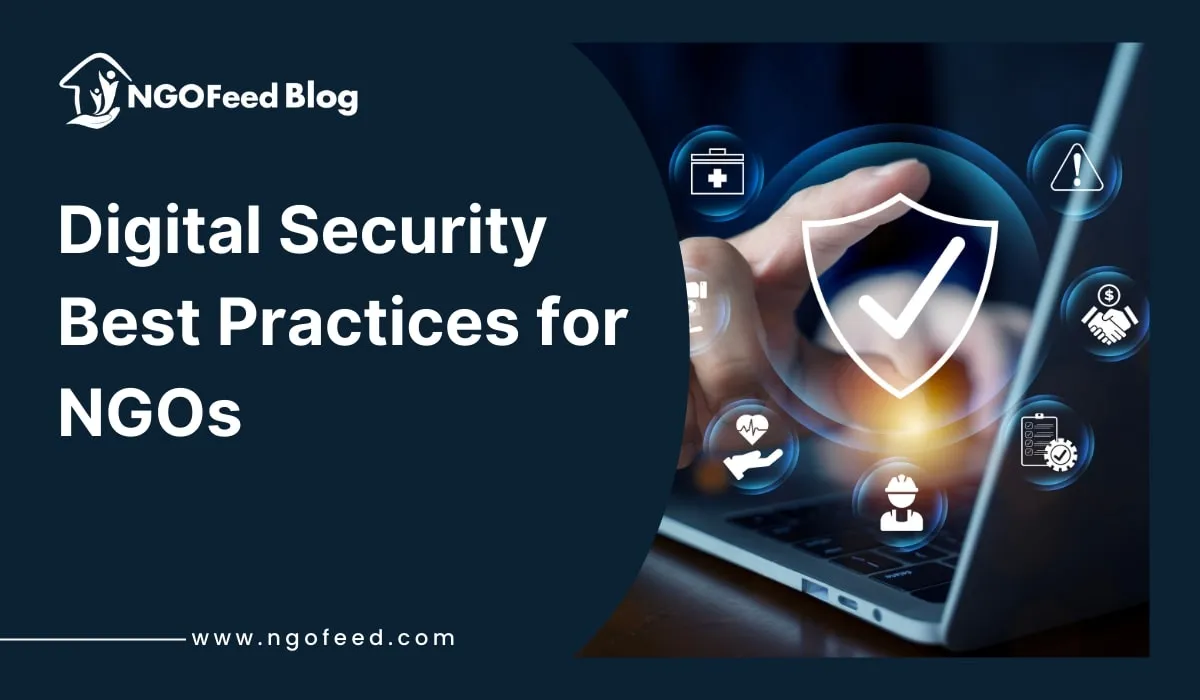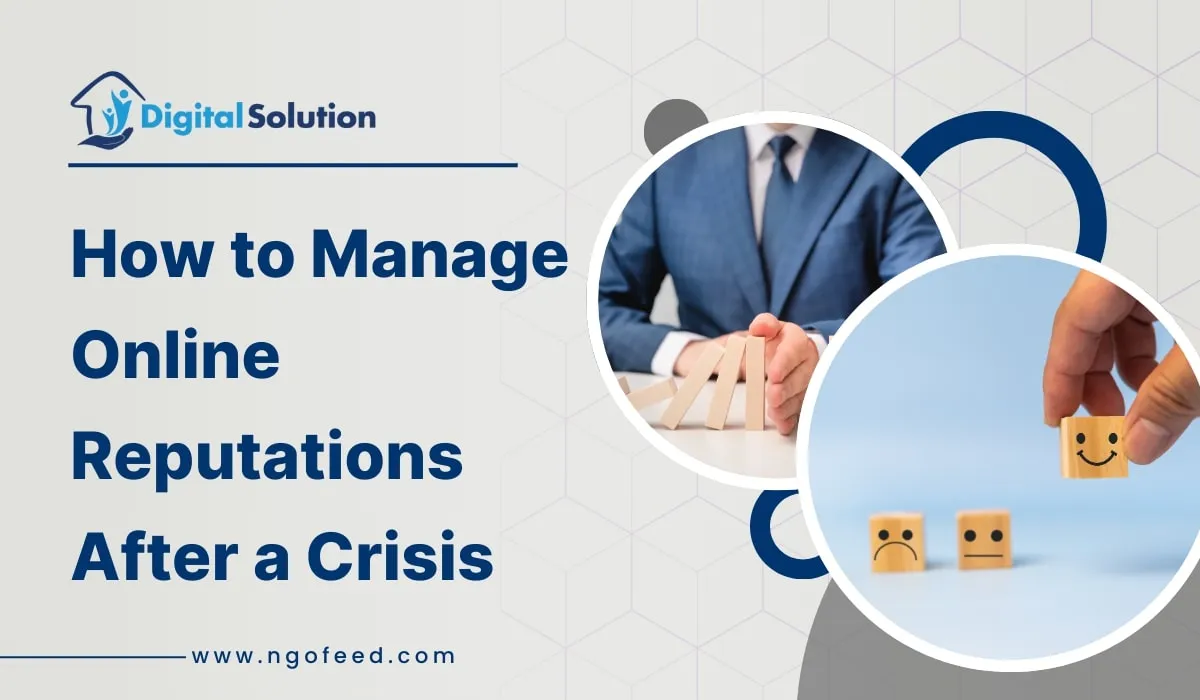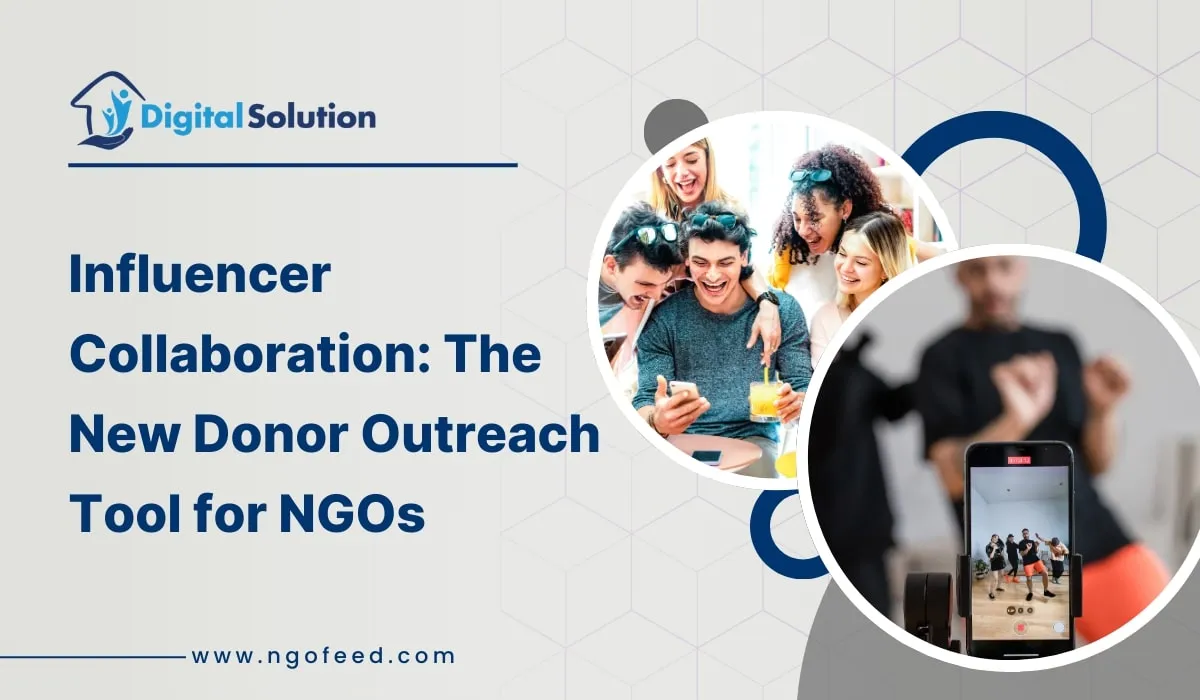Organic vs Paid Social Media for NGOs: In this modern, digital-first landscape, social media has emerged as a lifeline to NGOs to create awareness, develop communities and rally support. Whether it comes to telling the moving tales of transformation or steering the grand fundraising-related campaigns, social media platforms provide incomparable possibilities to reach out to the audience. When it comes to NGOs, this is a frequent dilemma since they have limited funds and there is uncertainty whether they should spend money on paid social media campaigns or focus on free ones.
Organic social media is the interaction that an NGO can generate through postings, updates and interactions, without using financial resources to promote content. It assists in the cultivation of sincere friendships, trust, and involvement of long-term supporters who are aligned with the mission. Conversely, paid social media enables the NGO to access a large audience with a customised message within a short time via adverts and sponsored messages. This can be particularly effective when you have time-sensitive campaigns, like Content-licensing revenue disaster relief appeals, fundraising campaigns, or advocacy movements.
Organic and paid social media have their distinct advantages and restrictions. Although organic is a great way to develop credibility and community trust, paid campaigns bring swift impact, reach, and targeted precision. The trick is to strike a balance between the two- relying on the aims of an NGO, its resources and its audience.
This paper examines the contrasts between organic social media and paid social media, their advantages to NGOs in India, and ways that organisations can factor in to help with decision-making on the nature of the social media to pursue to achieve the maximum impact.
Table of Contents
Organic vs Paid Social Media for NGOs
Understanding Organic Social Media for NGOs: Organic social media would include the unpaid social media content that is shared by the NGO when they are engaging with their community on platforms such as Facebook, Instagram, Twitter, and LinkedIn. Organic posts are not as structured as paid campaigns; therefore, it takes creativity, storytelling, and consistency to reach the audience naturally. This strategy is especially effective in the case of NGOs as it will help them demonstrate their authenticity, develop long-lasting trust, and achieve genuine relationships with their supporters.
Sharing updates on the projects, success stories, volunteer activities, or behind-the-scenes glimpses, NGOs will be able to maintain their good standing and will promote joining without paying for advertisements. Organic reach has been gradually getting harder as the years have progressed, as the algorithms of the platforms focus more on personal connections and paid advertisements. This suggests that NGOs ought to be cautious when carrying out their activities with content that is substantial and appealing to the target audience.
Some of the advantages of organic social media to NGOs are:
- Cost-effective: No budget is necessary and therefore, suitable in the case of NGOs that are resource-poor.
- Community building: Aids in developing loyal followers, volunteers and donors.
- Authenticity: Feature authenticity and the actual effects of the NGO on communities.
- Sustainability: This forms long-term relationships rather than one-off engagements.
Difficulties that the NGOs experience in organic growth:
- Poor visibility because of algorithm controls.
- Slow rate of growth as compared to paid promotions.
- It is a time- and effort-intensive activity that must be pursued regularly and at length.
Organic social media is, in a way, a great base in which NGOs can establish genuine relations; however, it requires time, innovation, and continuity.
Exploring Paid Social Media for NGOs
Paid social media is the practice of promoting NGO campaigns, events and causes with adverts on social media like Facebook, Instagram, LinkedIn and or twitter (X). Paid promotion enables NGOs to reach out to more people because of the ability to choose specific demographics of the age, location, interests, and behavior of the recipients of the message.
In the case of NGOs, buying social media can be an effective means of exposing it to a larger audience and raising finance as well as creating awareness, where organic visibility is low. Even a limited budget can result in measurable outcomes, such as increased post visibility or traffic to a page or web site, or attraction of campaign sign-ups.
The major benefits of paid social media to NGOs can be accredited to the following:
- Targeting: Ability to present messages to targeted audiences on the basis of geography, interests, and demographics.
- Scaleibility: Campaign may begin with small budgets and zoom up depending on the results
- Measurable outcome: It stimulates clear perception regarding impressions, clicks, donation and involvement.
- Faster impact: It can help the NGOs to gain rapid visibility as opposed to organic growth that is slow.
The disadvantages to using paid social media:
- Demands proper budgeting which may prove hard to manage by NGOs that are underfunded.
- Requires skills in ad management and analytics in order to get the best ROI.
- The risk of ad fatigue in case of failure to refresh or optimize the campaigns.
As a strategic tool, paid social media campaigning can be used to increase and enhance the voice of an NGO, supplementing a broader organic effort, and helping the NGO to achieve significant effects such as fundraising, attendance at or engagement in an event, or volunteer registration.
Comparing Organic vs Paid Social Media for NGOs: What NGOs Should Consider
In the case of NGOs, there is no need to decide to use either organic or paid social media; instead, it is important to know the mechanisms of both and combine them to get maximum output.
Organic social media is the best way to create a sense of community, a story, and it helps with authenticity. It helps to build trust and long-term relationships, but it involves a lot of time because the development is slow.
Paid social media, however, can be used to get a faster reach and focused impact, and is more useful when there are time constraints to any campaign, such as with fundraising campaign or events or emergency relief campaigns. Nonetheless, it requires an outlay and skills.
Some of the important factors to be considered by NGOs:
- Budget: Lack of funds can encourage organic overpaid places due to the lack of finance available to dedicate to advertising.
- Purposes: Both awareness and community are organic, but elsewhere conversions (donations, sign-ups) may require paid campaigns.
- The resources needed are different, organic: consistent content production and paid: ad managing abilities.
- Timeline: Paid will come through faster when you need the otcome quickly, but organic is more long-term growth-wise.
The combination of the organic content and paid campaigns often represents the best strategy, using organic content to build credibility and using the paid campaigns when needed to increase reach. This allows the NGOs to gain visibility, impact, and engagement in a balanced form when they align it to their mission and resources.
Finding the Right Balance for Maximum Impact
In the case of NGOs, the best approach to social media is not to decide on an organic or paid approach but to see how the two can work together. Organic social media assists in the creation of trust, credibility and community involvement without monetary input. It enables the NGOs to post real stories, updates, and happenings behind the scenes that can form a personal connection to the get-together. On the one hand, paid social media guarantees that the audiences become more spread, although targeted, when it comes to the necessity to achieve quick results in cases such as fundraising drives, participation in events or in the cases of urgent appeal.
The trick is to strike an effective balance. Single focus on either organic posts or paid ads can be restrictive in terms of visibility, whereas single-minded use of paid ads can be cost-prohibitive and dilute the sincerity of engagement. To help NGOs overcome this wicked problem, the first thing they should do is establish a high-quality organic content that will help them promote their mission, values and impact. Paid promotion can be scheduled on top of organic promotion to increase reach where campaigns are time-sensitive or where content has previously been effective.
By pursuing a balanced approach, NGOs can take the best advantage of both strategies, developing strong, long-term relationships with the supporters through the genuineness of the relationship and maximising their effect by getting it to the targeted audience. In addition to organic interaction, NGOs can achieve sustainable growth due to the careful planning of paid campaigns when they are mixed with those that have a higher organic engagement. As a result, NGOs will be able to build stronger relations with their donors and increase their visibility to their cause, simultaneously maximising out of their social media efforts.
Frequently Asked Questions (FAQs)
Q1. How are organic and paid social media differing primarily as far as NGOs are concerned?
Organic social media constitutes content that is spread unintentionally with the help of likes, comments, and shares. Paid social media are ads or sponsored posts in which NGOs pay to increase reach and target particular groups.
Q2. Are organic social media enough for NGOs?
But with restrictions. Organic content can establish trustworthiness and community participation; however, there is often a limitation by the algorithm of the mode of reaching people. A combination using organic, along with paid, lends greater visibility and greater impact.
Q3. What percentage of NGOs’ spending should be on paid social media?
There is no set budget, just how urgent and what goals the campaign may have. NGOs can begin with small budgets, test what works, and thereafter they can scale up spending on those campaigns that have a high impact, such as fundraising drives and event promotions.
Q4. What is the best content to use with paid promotions?
The paid advertising works best when used to boost stories that have already achieved success in their organic showings. Time-sensitive appeals, event announcements, and fundraising campaigns will also be effective.
Q5. What are some of the ways through which NGOs can gauge the success of their social media plan?
The most important performance indicators are engagement rates, follower increase, reach, click-throughs and conversions in terms of donations, volunteer recruitment or event attendance.

